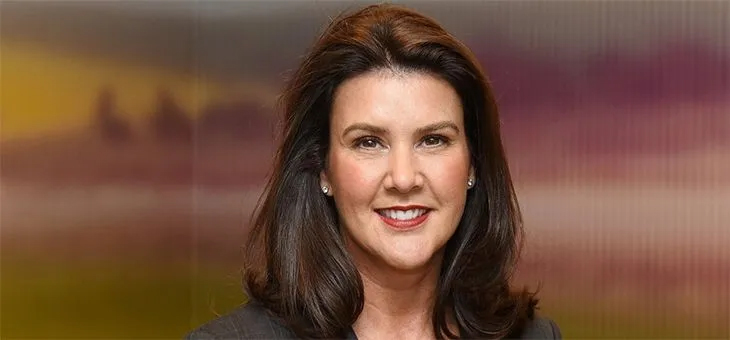Federal Budget 2021 has been hailed by Prime Minister Scott Morrison as an aged care budget. And reports that the government intends to throw $10 billion in funding for the aged-care sector over the next four years suggest the government may not continue kicking the aged care can down the road as so many governments before, or so writes Rachel Lane in The Sydney Morning Herald.
Recommendations from the Grattan Institute suggest that around $10 billion a year is what is needed to fix the system.
And other leading advocacy groups want to ensure the government funds aged care according to specific needs, rather than just splashing cash at it, as per recommendation 25 from the aged care royal commission.
Childcare looks to be receiving a boost, so that takes care of this week’s leaks of budget benefits for of the young and the old.
Earlier this year, federal treasurer Josh Frydenberg said he would address the problems faced by self-funded retirees struggling to live in a time of record low interest rates.
“They will be a focus of the budget. The problem is well defined, but we don’t have the solution yet,” said a government source.
We’ll see how that pans out.
Read more: Retirees welcome government’s Federal Budget plans
Now, the government is being urged to address inequality in retirement incomes.
Industry Super advocacy director Georgia Brumby wants Superannuation Minister Jane Hume to take steps to help fix the gender imbalance in retirement incomes.
Industry Super data seen by The Australian shows the gap between men and women is at its widest point for middle-aged workers.
The median super balance for an average Australian woman is $49,300 – 26 per cent less than the average man’s median balance of $66,900.
“It is time we bridged the gender super gap; it’s not right that women retire with balances persistently lower than what they need for an adequate retirement,” said Ms Brumby.
“Politicians have a choice. They can fight for a super increase and to get super paid on every dollar earnt or turn their back as more women risk retiring into poverty.
“Jane Hume has an opportunity to show real leadership and recommit to boosting the super savings of women everywhere.”
Australian women aged 25 to 29 have a gap just 6 per cent below the median male balance. Women aged 50-54 have 36 per cent less super than the median male balance. Among those aged 60 to 64, the male median balance is 28 per cent higher than the female median balance.
Read more: Experts expect Federal Budget to offer tax cut sweeteners
Women who have been in the workforce for decades are at a distinct disadvantage, says Grattan Institute household finances director Brendan Coates, who adds that is mostly due to more extreme gender wage imbalances of days past.
“The gap is higher in part because by the age of 50 you are more likely to make voluntary contributions to your super – men have higher incomes and make more contributions,” he said.
“Then you have the compounding effect of tax concessions that favour men over women because men have higher super balances.
“Lower rates of female workforce participation and the gender pay gap especially impact women of this age group because when they entered the workforce 30 years ago these problems were worse than they are now.”
Super gaps diminishing beyond ages 50-54 would most likely be due to male partners dying earlier and the resulting inheritance being put into super, says Mr Coates.
The woman put on the hook for addressing this issue, Senator Hume, said fixing wage disparities between men and women would be the key to solving the retirement income dilemma.
“Tipping ever increasing amounts of your hard-earned money into super is not the answer, deferring more of your wages today comes at a trade-off to your standard of living in your working life,” she said.
“The Retirement Income Review found that the working-life earnings gap between men and women, rather than the retirement income system settings, is the main driver in the gender gap in superannuation balances at retirement.
“The good news is that we have made substantial progress on the pay gap and participation gap and that work continues.
“Increasing female participation in the workforce is key to enhancing women’s economic security.”
Women lost double the number of jobs as men during the pandemic.
A Grattan Institute report found women were more likely to lose their jobs and do a lot more unpaid work, yet less likely to get government support.
At the peak of the pandemic, almost 8 per cent of Australian women lost their jobs, with total hours worked by women down by 12 per cent. Male employment went down 4 per cent and hours worked by 7 per cent.
Last year’s recession “magnified existing labour market disadvantage”, says the report.
There may be less gender disparity in the current labour market, but women are over-represented in part-time and casual work, roles seen as more vulnerable during an economic downturn.
Read more: Economic impact of COVID: The group hit hardest
Mr Coates says addressing incomes is important, but there is more the government can do now to address retirement income inequality in future.
“We shouldn’t be thinking about the gender balance just being in super – there is a gender imbalance between men and women in retirement income and lifetime earnings,” he said.
“The government should consider paying super on government funded paid parental leave and abolishing the $450 monthly income threshold below which employers don’t need to contribute to super.”
What do you think of Mr Coates’ suggestions? What do you think could be done to help address retirement income inequality? Why not share your thought s in the comments section below?
If you enjoy our content, don’t keep it to yourself. Share our free eNews with your friends and encourage them to sign up.

